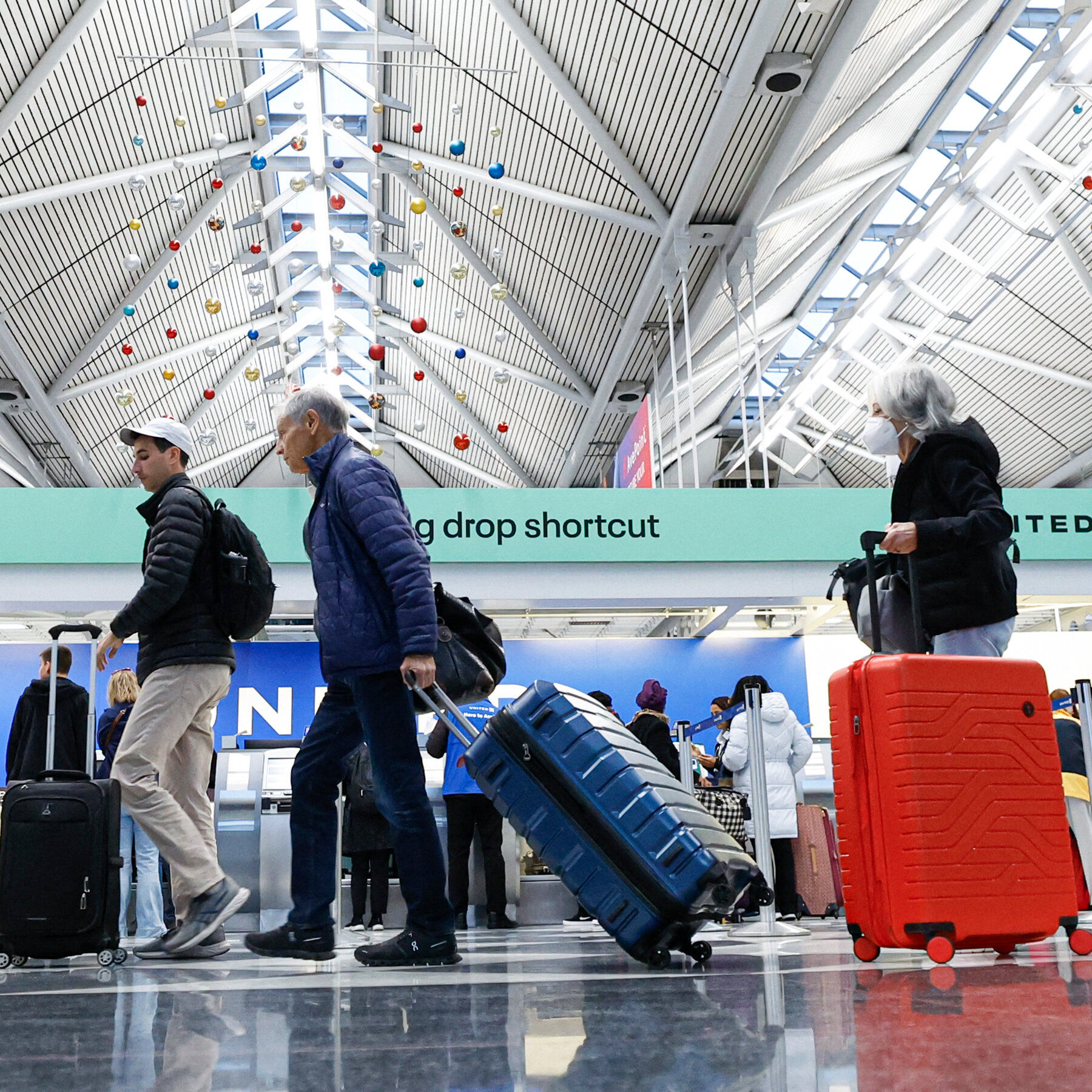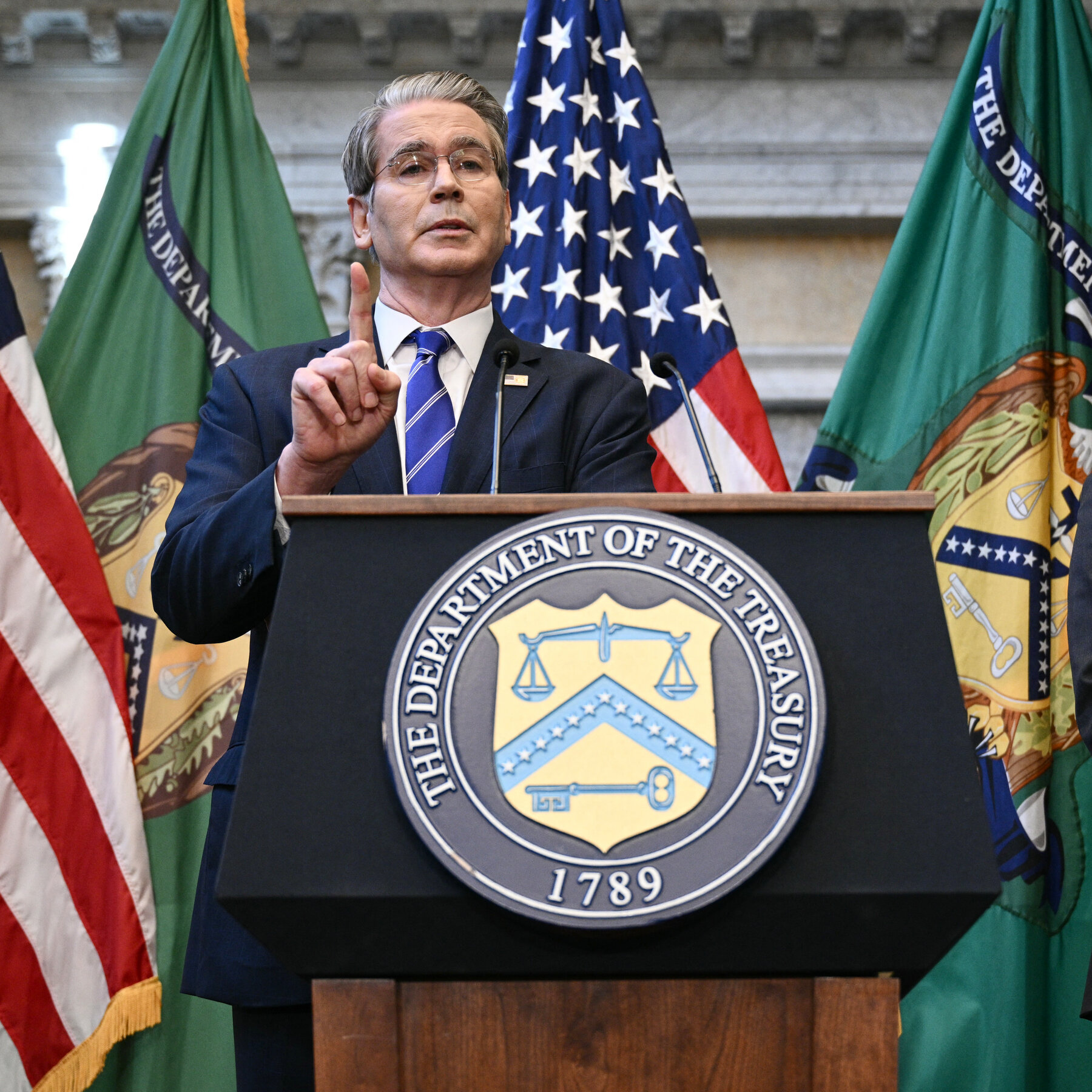Stopping the Greatest Threat to the Amazon, One Fire at a Time
A veteran ecologist returns after four decades to confront the blaze that endangers the rainforest
After forty years of fieldwork and laboratory studies, Dr. Mariana Alvarez is stepping back onto the soil of the Amazon Basin with a single, urgent mission: to halt the relentless cycle of forest fires that has become the region’s most pressing environmental crisis.
Alvarez’s career began in the early 1980s, when she first set up a modest research station deep in the heart of Brazil’s green frontier. “Back then, we were still discovering new species every week,” she recalls. “The forest was a living laboratory, and the biggest threat we faced was illegal logging, not fire.”
Over the past four decades, climate change, deforestation, and agricultural expansion have converged to turn the Amazon into a tinderbox. In the last ten years alone, the number of recorded wildfires has risen by more than 150 %, releasing unprecedented amounts of carbon and destroying habitats that took millennia to evolve.
Why the Fires Matter
The Amazon is often called the “lungs of the planet,” but its role extends far beyond oxygen production. The rainforest stores roughly 100 billion metric tons of carbon, regulates regional rainfall patterns, and supports the livelihoods of millions of indigenous peoples. When a fire rages, it not only burns trees but also disrupts the entire ecological balance, leading to soil degradation, loss of biodiversity, and intensified drought conditions.
Alvarez’s New Strategy
Armed with the latest satellite imaging technology and a network of local community volunteers, Alvarez is launching a multi‑pronged approach:
- Early detection: Real‑time monitoring stations will alert fire crews within minutes of a hotspot’s appearance.
- Rapid response teams: Mobile units equipped with fire‑suppression gear will be stationed at strategic points throughout the basin.
- Community engagement: Workshops will train indigenous groups and small‑holder farmers in fire‑prevention techniques and sustainable land‑use practices.
- Policy advocacy: Alvarez will present her findings to national legislators, urging stricter enforcement of anti‑deforestation laws and increased funding for fire‑fighting resources.
Hope on the Horizon
While the challenge is immense, early results are promising. In pilot villages where fire‑prevention training was introduced last year, the incidence of uncontrolled burns dropped by 70 %. Moreover, satellite data show a modest decline in new fire hotspots during the peak dry season since the program’s launch.
“We cannot erase decades of damage overnight,” Alvarez admits, “but each fire we stop is a step toward restoring the Amazon’s resilience.” Her determination embodies a broader shift in conservation: moving from passive observation to active, on‑the‑ground intervention.
As the world watches the Amazon’s fate, Dr. Alvarez’s return serves as a reminder that even the most entrenched environmental threats can be mitigated—one fire at a time.





